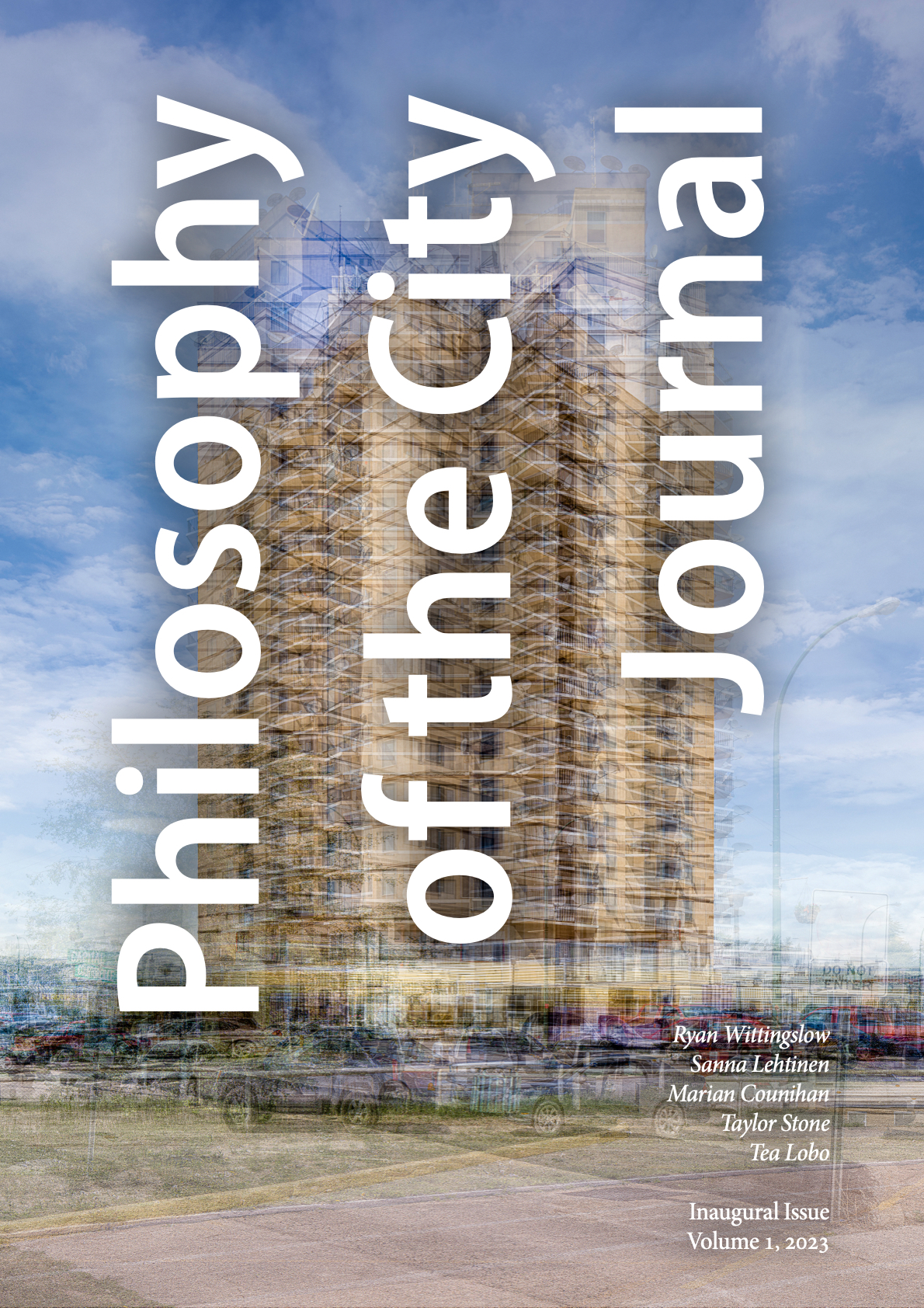The Five Pillars of Urban Environmental Justice: A Framework for Building Equitable Cities
DOI:
https://doi.org/10.21827/potcj.1.1.41048Keywords:
city planning, environmental justice, social determinants of health, public healthAbstract
Cities face unprecedented challenges in the 21st century, as this age is marked by drastic economic, environmental, and cultural shifts. These issues push stakeholder groups to leverage land use and design in ways aimed at mitigating harms. City planning commissions are tasked with developing and implementing these plans. But not all community changes are equitable, thus it is important to consider potential social impacts. In fact, environmental injustices are often prompted by failures to enforce zoning or failures to properly plan. Thus, we need to guard against creating “downstream” harms when making land-use changes. The aim of this essay is to provide an equity grounded framework to help identify potential harms during the planning process. Drawing from environmental justice literature, we identify five common types of equity focused land use concerns that should be considered when striving for equitable land use and design. These are 1) Environmental Health; 2) Essential Amenities Access; 3) Transportation; 4) Housing Opportunity & Displacement; and 5) Equitable Economic Development. They make up the Urban Justice Framework, a tool designed to guide equity focused discussions during the planning process. Preventative measures at the city planning stage could protect citizens from future injustices, thus contributing to equity in urban areas.
Published
Issue
Section
Copyright (c) 2023 Samantha Noll, Tuhina Bhar

This work is licensed under a Creative Commons Attribution-NonCommercial 4.0 International License.

